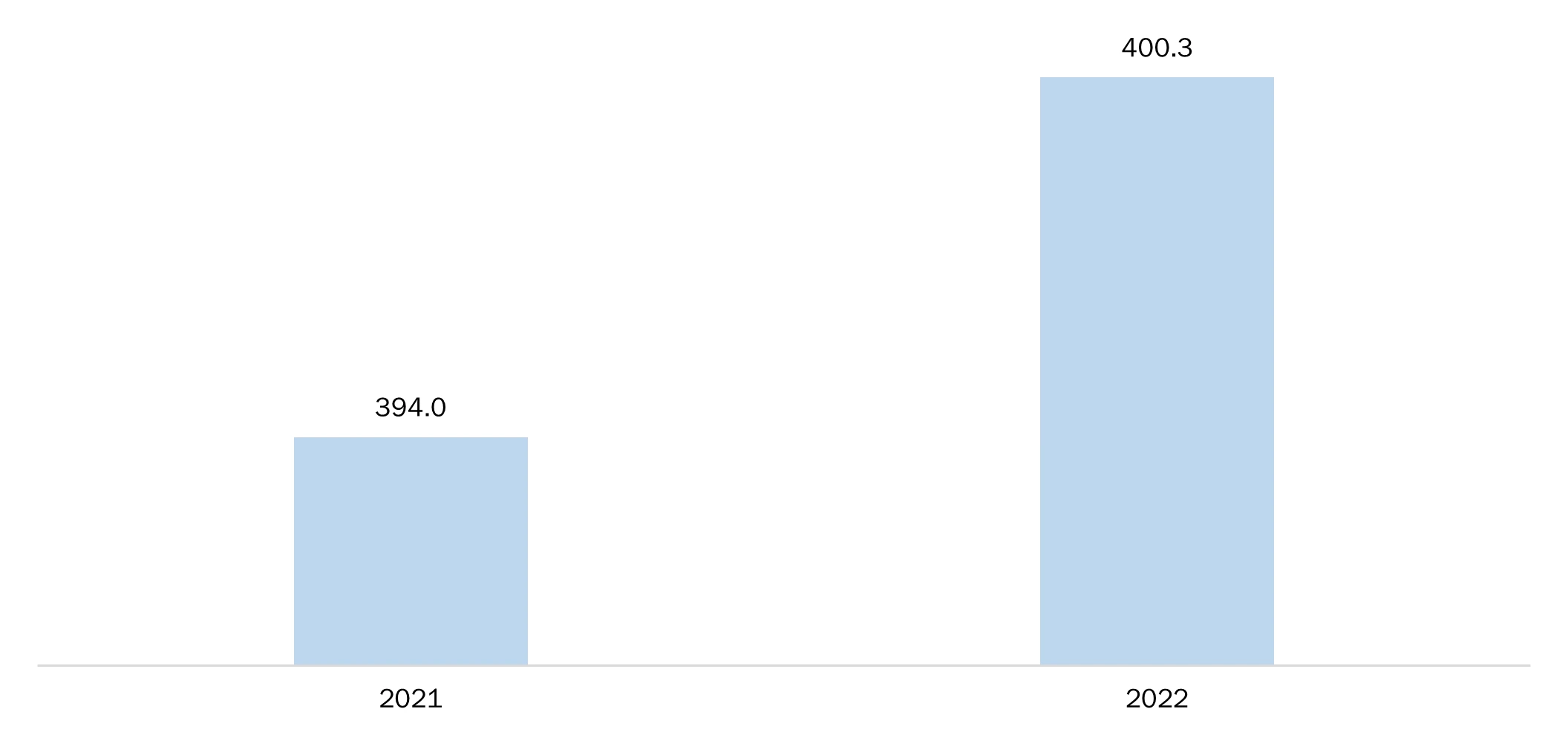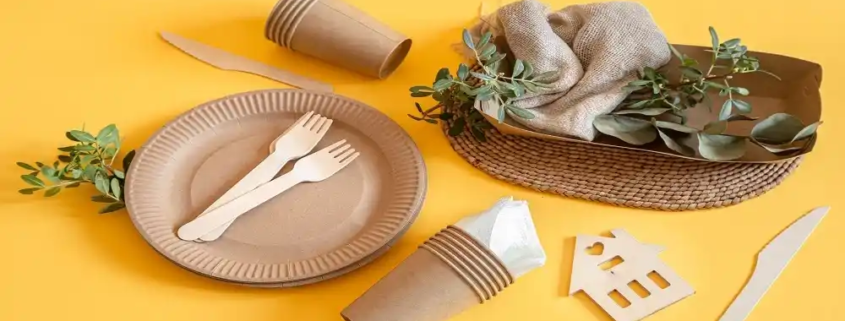Top Innovations in Biodegradable Packaging Materials for a Sustainable Future
Packaging plays such an important role in our lives and really matters for almost every purchase choice made by a person in terms of product buying. But in the woke world, it seems that with all the growing concerns across the globe regarding waste, one can find the packaging industry now facing the music of having to lessen its impacts upon the environment.
Sustainable packaging, which refers to any type of packaging that minimizes its environmental impact during its entire life-cycle-that is, during the sourcing of its material, production, distribution, use, disposal, and recycling-is an all-encompassing term. It considers all aspects, for instance, types of material used, energy consumption in production, carbon footprint, recyclability, and compostability.
Further, there has been a drastic transition to sustainable packing options even during the post-pandemic years, due to many such regulations and the consumer’s own appetite for green products.
Increasingly, however, consumers have included green constructions within their purchase decisions. People are becoming more health-conscious about the effects of climate change on the health of the planet, which in turn influences the buying decision. They are inclined towards brands that are committed to reducing their environmental impact through the aforementioned sustainable practices.
Sustainable packaging of course finds some answer in consumer demand. Besides, the other benefits that green packaging brings to companies include economic ones. Companies that use sustainable packaging solutions are likely to lower their long-term production costs. This is because sustainable materials are usually lighter and require less energy in production, hence resulting in cost savings for companies.
Moreover, the increased demand for biodegradable packaging was probably caused by its environmental, regulatory, and consumer concerns. Businesses are becoming more aware and wake up to the importance of sustainability; consequently, eco-friendly packaging can now form a huge part of businesses’ direct requirements for packaging solutions. Increased awareness toward environmental degradation, especially plastic waste, has been one of the biggest drivers of this trend. Traditional plastics packaging is a major source of waste going into landfills and oceans, which end up harming different species and ecosystems.
Moreover, many governments and regions have drafted stringent legislation to minimize the use of plastics and promote the usage of biodegradable alternatives. To name only one from the many examples, the EU’s Single-Use Plastics Directive has speeded up the transition to biodegradable packaging by prohibiting some single-use plastic products and, at the same time, advocating the usage of more sustainable alternatives. For instance, the global plastic production increased from 394 mt in 2021 to 400.3 mt in 2022.
Global Plastics Production in Million Tonnes, 2021 to 2022

Source: Plastics Europe
Top Innovation in Biodegradable Packaging
- Edible Packaging
- Mushroom Packaging
- Plant-based Plastics
- Recyclable Flexible Packaging
- Water Soluble Packaging
- Reusable Packaging
Let’s discuss each in detail.
- Edible Packaging
Imagining munching on our packaging material after a meal is one of the future scenarios. One could say goodbye to recycling because edible packages have long been a reality. From seaweed-based films to edible coatings, these new-styled, alternative solutions will biodegrade and be delicious as compared to normal packaging materials. WikiFoods and Loliware are among the most popular companies that have developed options for edible packaging that use only natural, food-safe substances. They cut plastic use and offer a very special and sustainable way of packaging. It would seem that one day, more could be said on the topic than just ice cream cones, the original icon of edible packaging.
- Mushroom Packaging
Nature often provides the best innovative solutions, as is well exemplified by mushroom packing. Biodegradable packaging material from mycelium, the root structure of mushrooms, comes as a sustainable alternative to Styrofoam, and other synthetic packaging foams. Mycelium-based packaging is compostable and renewable since it can grow in a matter of days using agricultural waste as an initial substrate. Its second claim to fame is that it is durable, lightweight, and decomposes swiftly. Developing a mushroom pack for various application purposes, including electrical protection or building insulation, has been spearheaded by companies such as Ecovative Design.
- Plant-Based Plastics
The production of conventional plastics from fossil fuels results in major environment pollution. These manmade bioplastics may contain plant-derived starch, sugarcane, corn, or cellulose. Unlike traditional polymers, bio-based polymers are biodegradable and compostable, so reducing the environmental impact of packaging materials. Example, plant-based polymers manufactured by NatureWorks have been employed in different applications, as food packaging and consumer products.
- Reclyeable Flexible Packaging
Flexible packaging is also the most preferred because it is lightweight and user-friendly. Conventional flexible packaging, on the other hand, is quite challenging with respect to recyclability due to its complex multilayered structure. New collective solutions for recyclable flexible packaging were developed in 2024, including mono-material designs compatible with modern recycling infrastructures. These materials, while keeping their flexibility and barrier characteristics as regular packaging, make recyclability easy at the end of life. Leading recyclable flexible packages engineers and developer, Dow and Amcor, continue to fasten the pace of transition to a circular economy. Probably, this is the most ingenious cooperation as established by Sway and Ecoenclose who come up with a new line of packaging with seaweed-based films that replaces the plastic windows.
- Water-Soluble Packaging
Single-use plastics, such as packaging films and sachets, play an enormous part in plastic pollution, particularly in the marine aspect. This solvent packaging is a solution to this problem as it actually dissolves in water, which makes it not needing any further disposal and at the same time lowers the hazards of environmental pollution. These amazing materials are designed to dissolve safely in water without leaving any toxic residues behind, making them suitable for an extensive range of applications that include single-dose packaging and detergent pods. This area has three impressive leaders, SmartSolve, MonoSol, and Aquapak Polymers, who have been at the helm of creating and innovating water-soluble packaging materials, thus revolutionizing packaging and consumption.
- Reusable Packaging
Reusable packaging refers to a family of containers, boxes, and other materials intended to be frequently reused in their lifetime instead of being disposed of after one use. Usually, reusable packaging solutions are made with durable materials, including plastics, glass, metals, and sometimes even composite materials that will last longer. Durable and designed-for-long-life reuse will greatly reduce trash output and promote a more circular economy across companies. Reusable packaging systems may be entirely transformed with smart technology like RFID tags or sensors. Such activities will provide real-time tracking and monitoring of efficient return, storage, and management of packaging assets. Transparent and open packaging enables companies to optimize logistics and spot areas of improvement.
Future
The developments in eco-friendly packaging have brought major environmental promise, but such benefits come with various hurdles. Most bio-based materials are still more expensive compared to the conventional plastics. Cost mitigations will happen with scale and improved manufacturing. There would be a need for appropriate collection, effective composting and recycling infrastructure to ensure the correct treatment of these biodegradable and recyclable packaging materials. Education of consumers about the advantages brought by sustainable packaging and proper disposal methods is critical to ensure a widely transformed scenario. Such innovations in sustainable packaging must be promoted through incentive policies by many governments and regulatory organizations.
Conclusion
Such transformative green packaging solutions take a completely fresh dimension on the agricultural sector by adapting to a greener alternative from age-old techniques. Biodegradable and non-biodegradable packaging, edible packaging, reuse systems, and advances in material science are going to barrel the bright avenue for the ecology. These issues will be solved with such things as cost and the necessity of setting up a consumer base and power allowances for necessary government support to bring wide effects of these sustainable substitutes into the commercial sector. Within the continually evolving sector, sustainable packaging is and shall be key in minimizing the growing environmental impacts of agriculture as well as ensuring a sustainable postharvest future.
Find some of our related studies:



